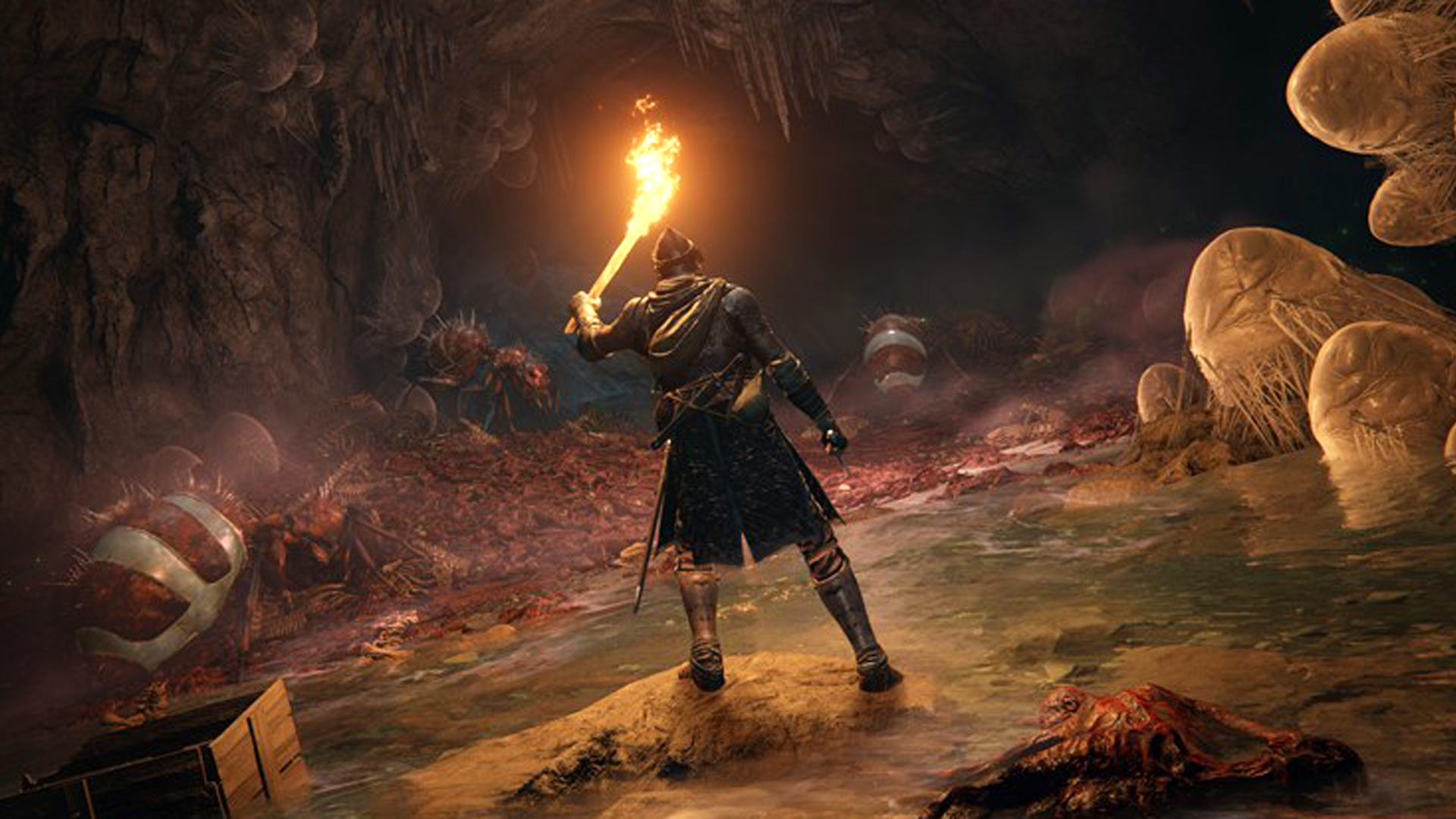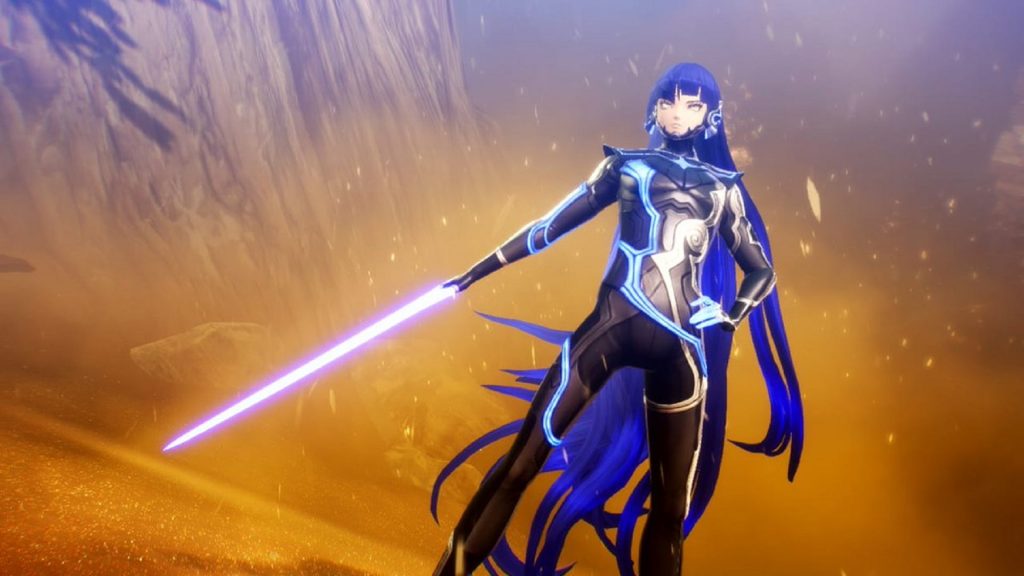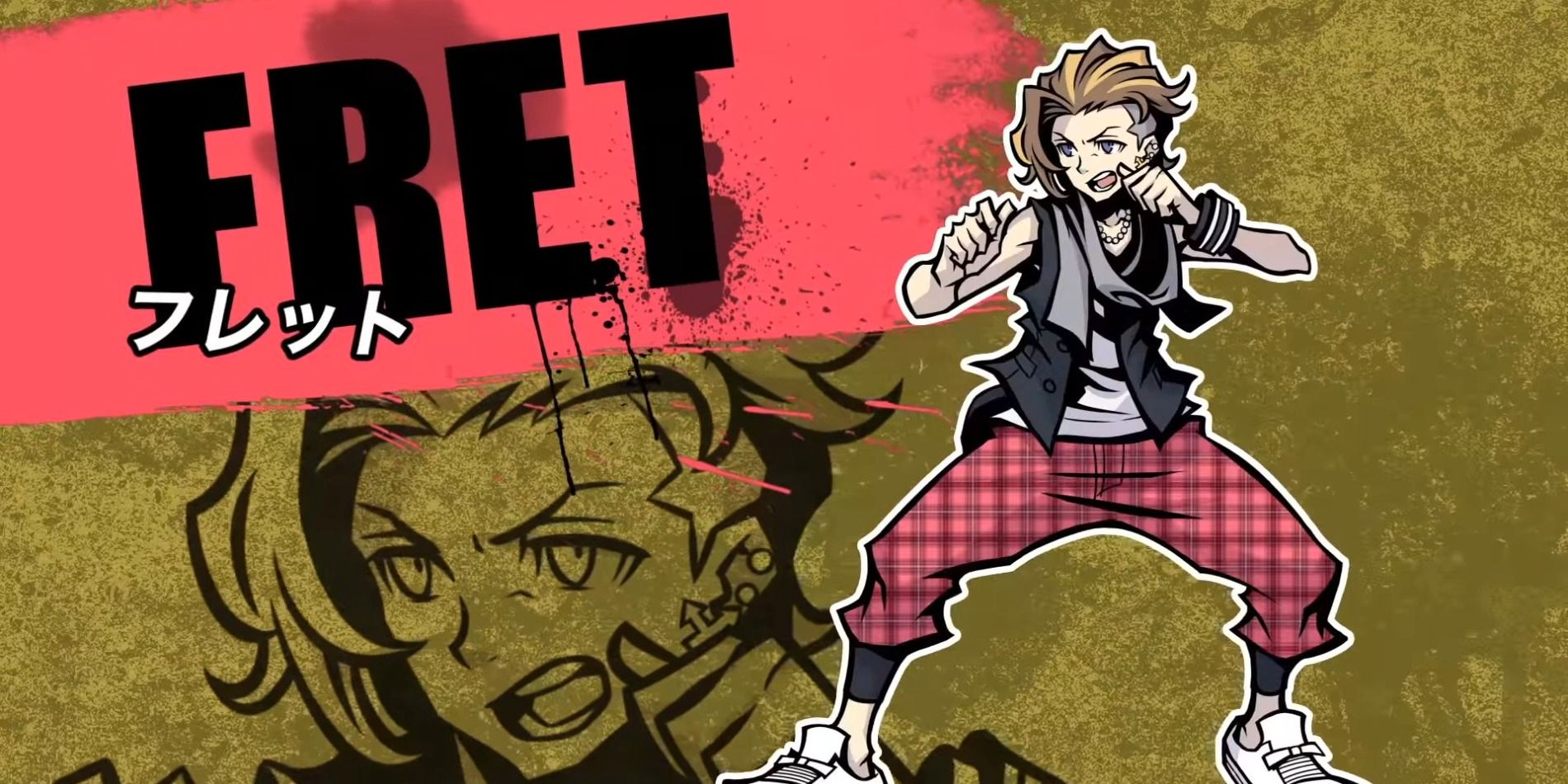
NEO: The World Ends With You is a video game. That sounds obvious, but let me explain. I’m not using ‘video game’ as a form, but as a concept. For example, The Last of Us is a video game, when ‘video game’ is used as a form, but not when it’s used as a concept. It’s far too dark, too grim for ‘video game’ to be a fitting descriptor. Sure, you play it, but it’s probably more accurate to say you push buttons and experience it. The Last of Us desperately wants to be a film much more so than a video game, and so that’s what you get – a film you can interact with.
This is not to say The Last of Us is better, nor am I trying to mock TWEWY. I’m having a much better time on the streets of Shibuya than I had in Seattle, and I want more games to remember that they’re games instead of repeatedly trying to be films. What’s worse is that they’re all trying to be the same film, while Sony trades in its more experimental endeavours to become a blockbuster farm. There are a wide range of movies out there – TWEWY could be fairly accurately compared to Scott Pilgrim vs. The World – but when games try to be movies, they have very specific movies in mind. It’s for this reason that it feels like the triple-A scene is hungry for the approval of a film world that barely knows it exists, much less is in competition with. Gaming has also yet to establish itself as mature enough to tackle the sorts of topics films like Promising Young Woman explore successfully.
Related: NEO: The World Ends With You Understands The Political Struggle Of Modern Youth
This is what makes NEO: The World Ends With You such an enjoyable experience. It’s not trying to be a movie, or a playable experience, or art, it’s trying to be a video game. That doesn’t mean it’s not art, but it does mean it knows exactly what it is and what it wants to be. Too often, the ‘games as art’ debate has resulted in games trying to ride in the slipstream of film, with that already seen as a legitimate art form, rather than pushing to expand the boundaries of art to include all the carnage a game can create.
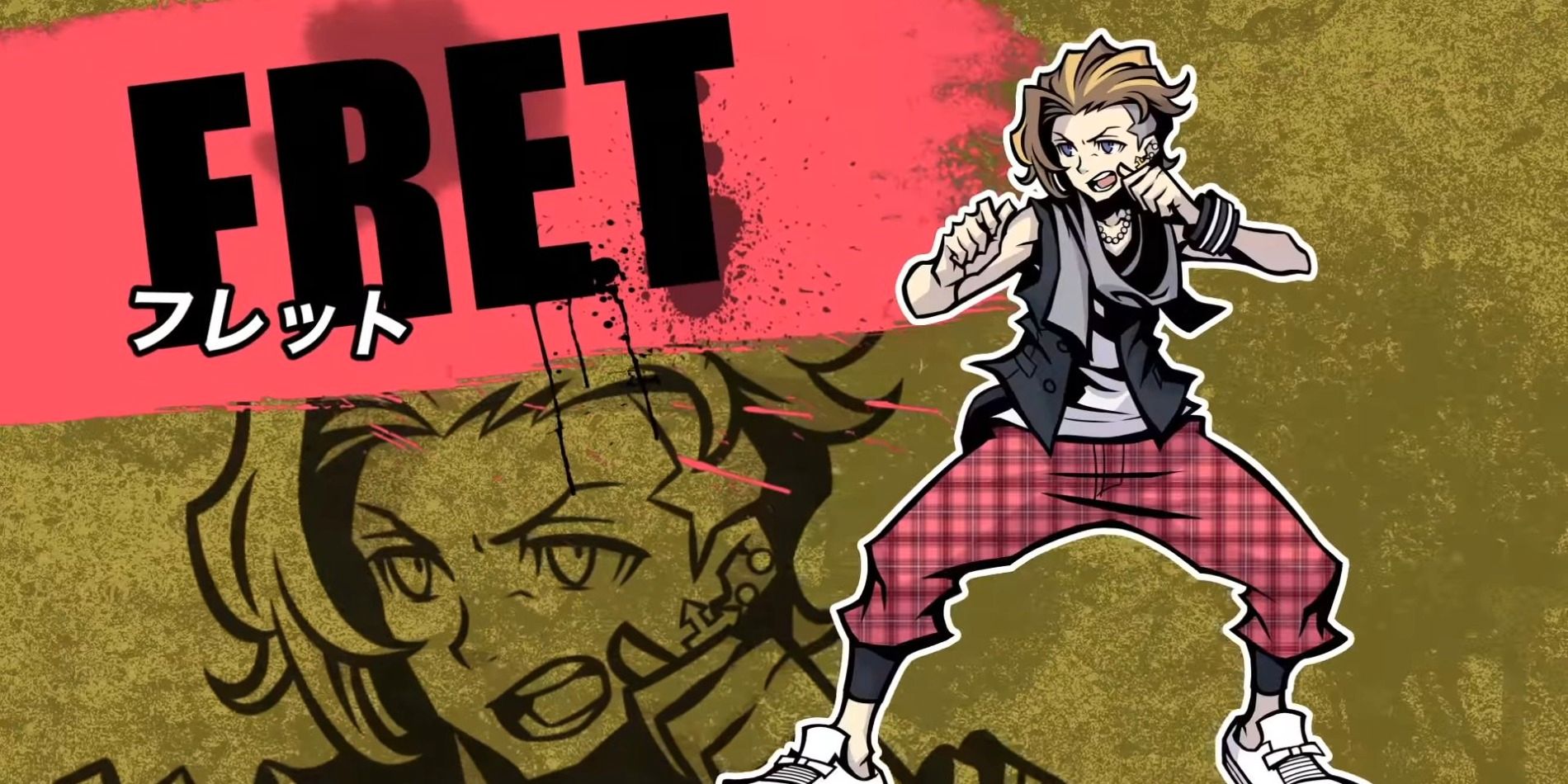
TWEWY leans into this carnage willingly. On a pure gameplay level, it is not particularly distinct from other games in the action-JRPG genre. Combat involves a variety of physical and status attacks, inflicted by holding certain buttons down and tapping others. Meanwhile, you need to explore a large city divided up into manageable streets, squares, and shopping districts, while winning battles, levelling up, buying and equipping better gear, and using food to give you a stat boost.
These are all pretty typical video game activities, and they don’t really make TWEWY worth writing about. It’s from how it presents itself around the gameplay that the increasingly homogenous triple-A blockbuster scene can learn a few lessons.
Cutscenes in gaming tend to fall into two distinct categories – cinematic and static. Cinematic cutscenes are when the game stops trying to be a movie and actively becomes one. Control is temporarily wrestled away from you as you watch a scene play out. Some games try to slide in and out of these cutscenes fairly seamlessly, so you don’t even notice the control has been taken away from you. Others make it very clear when you are playing and when you are not.
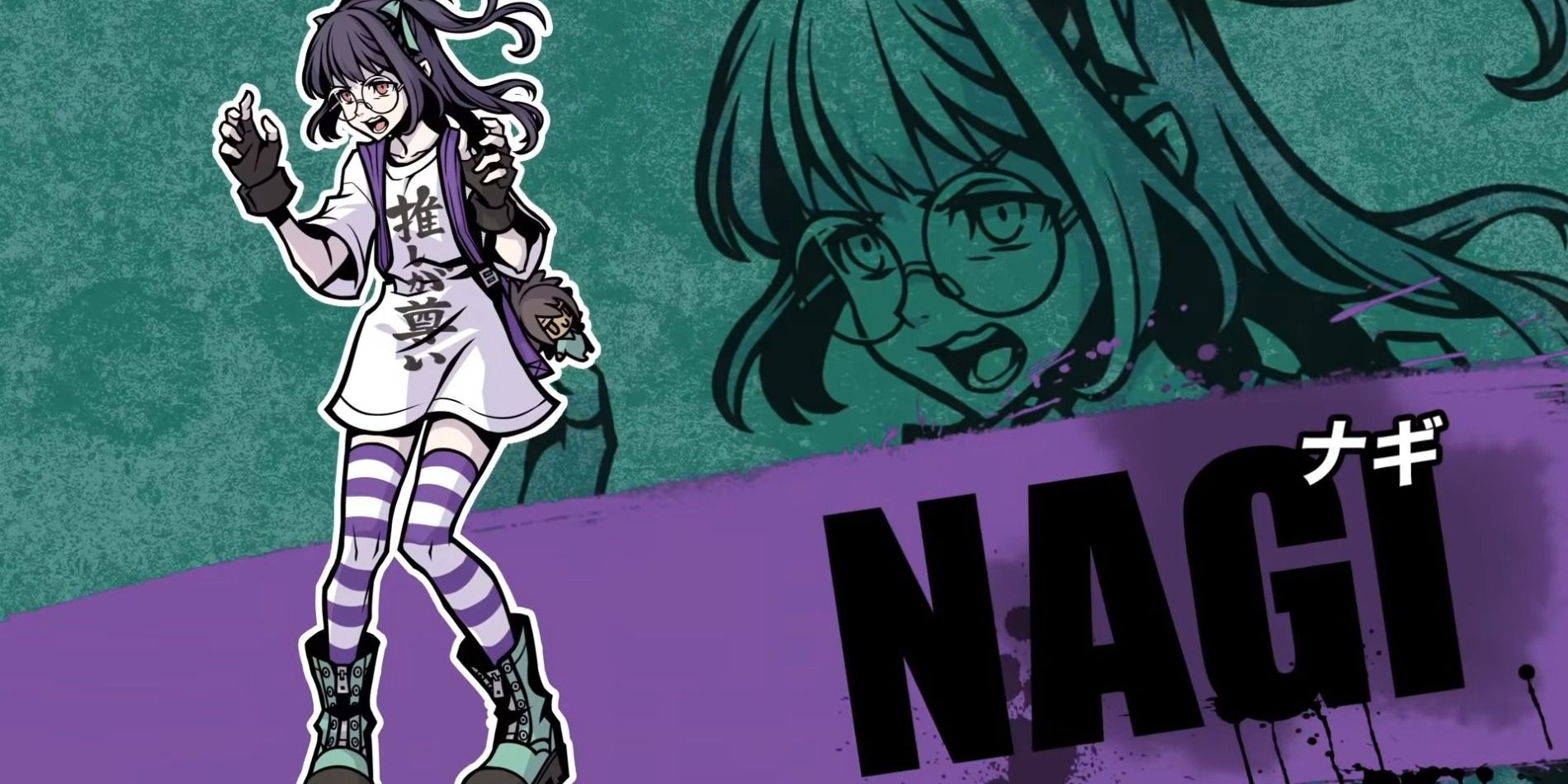
Static cutscenes are exactly what they sound like – the game becomes static. In these cutscenes, everything is still and dialogue appears in dialogue boxes. You click through the conversation, and may even need to choose a response at particular points, otherwise you will just sit and watch, like you do in cinematic cutscenes. Persona 5, a game that has drawn many comparisons with TWEWY – by the way, it’s okay if Persona was the reason you wanted to play TWEWY – uses both, mixing anime cinematic cutscenes with static conversations. Here, the conversation is occasionally pasted over the gameplay screen, while on other occasions it’s done in a more traditional ‘this is a cutscene’ manner. Either way, it doesn’t particularly matter. While Persona 5 has different types of cutscenes, they’re all fairly regular. TWEWY doesn’t so much have a mix as it puts all the different styles in a blender and serves them up with a cocktail umbrella.
TWEWY has fun with its presentation, more than any other video game I’ve seen. It mixes comic book stylings, classic animation, one-liners, Adam West-Batman era ‘KAPOW!’s, brilliant characters, and wonderful conversations between teenagers that actually sound like teenagers. The Yakuza series, particularly the opening of Yakuza 0, does a similar thing in different ways, mixing storytelling styles and framing to create dynamic pacing. It also breaks the fourth wall and plays with typical tropes and conventions at will.
Most games rebel against being video games, begging you to take them seriously. Either that, or they play it straight and don’t try to push the limits of how games can tell stories. TWEWY is a much needed change of pace. It loves being a video game and wants to explore all the unique possibilities that affords it. More games need to understand what they are and make the best of that. If I wanted to watch a film I’d put on Netflix.
Next: Ariana Grande's $20 Million Projected Earnings Make Fortnite The New Super Bowl Half-Time Show
